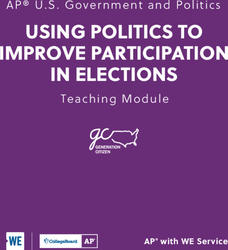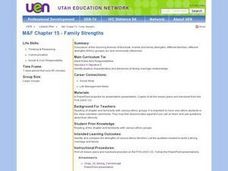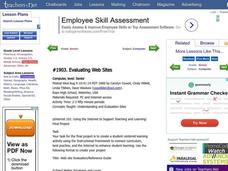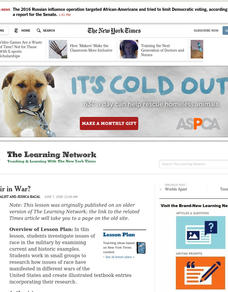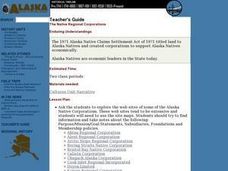Curated OER
How Probable is It?
Students explore probability. For this probability lesson, students look at videos and websites where they discover probability facts that can be used in situations. They determine the probability of different events.
Curated OER
Edible Numbers
Believe it or not, this is a 76-page series of lesson plans published by the California Commission on Agriculture which is designed to teach upper-elementary learners about agricultural practices and products in the state. There are two...
Curated OER
Where'd You Get Those Genes?
Really a unit, this resource exposes middle schoolers to genetics at their level. They read interviews and biographies, trace a family tree, play games that simulate inheritance concepts, and more! Teacher's procedures, student...
NASA
Hurricanes and Hot Towers with TRMM
Take cover because a wild presentation on hurricanes is about to make landfall in your classroom! An outstanding PowerPoint presentation is the centerpiece of this instructional activity. Not only does it provide information and...
College Board
Using Politics to Improve Participation in Elections
Instructors new to teaching AP U.S. Government and Politics classes, as well as seasoned veterans, will find this teaching guide an invaluable resource. Using a project-based approach to civics education, the lessons emphasize real-world...
Curated OER
Family Strengths
Students identify positive characteristics and behaviors of strong marriage relationships. They identify and compare the strengths of various ethnic families and list the qualities needed to build a strong marriage and family.
Curated OER
Why I Serve
Learners explore the concept of philanthropy. In this service learning lesson, students consider and share the importance of volunteering. Learners participate in a service learning project and reflect on it.
Curated OER
Evaluating Web Sites
Students examine how to evaluate a website. They discuss a graphic organizer, conduct Internet research, and apply a checklist of criteria to various websites.
Curated OER
La Presencia Escondida: Spanish Speakers in Our Community
Students effectively operate a digital camera and conduct basic interviews with Spanish speaking people in Spanish. They conduct in-depth interviews with interviewees in English, if possible, and transcribe all or portions of the...
Curated OER
Hunger in Africa
Pupils investigate the work of the Carter Center in addressing hunger in Africa. In this African health issue lesson, students respond to essential questions regarding the work the Carter Center does as they visit provided websites.
Channel Islands Film
Lone Woman of San Nicolas Island: Lesson Plan 3
Should researchers be able to excavate, examine, and remove Native American artifacts from historic sites? Should companies be permitted to build on sacred Native American land? After watching West of the West's documentary, The Lone...
Curated OER
What's Bugging You?
Students examine the effects of pests on other organisms, crops, and the environment. they construct an insect observation chamber and discover how some insects can be pests in some situations and beneficial in others. They write "pest...
Curated OER
Trials and Triumphs of Modern Feminism
Students read primary documents to launch a discussion about the role of American women throughout the 1970s-1980s.
Curated OER
Is All Fair in War?
Students investigate issues of race in the military by examining current and historic examples.
Curated OER
The Native Regional Corporations
Young scholars read and discuss the work of the Alaska Native Corporations on the Alaska Native Federation web site. They research other web sites and take notes focusing on the work of the Alaska Native Corporations.
US Department of Labor
U.s. Department of Labor: Women's Bureau Mission Statement
From the U.S. Department of Labor comes the official mission statement of the Women's Bureau, which was created in 1920 in support of working women. The mission statement is very short, but also includes a vision statement.




